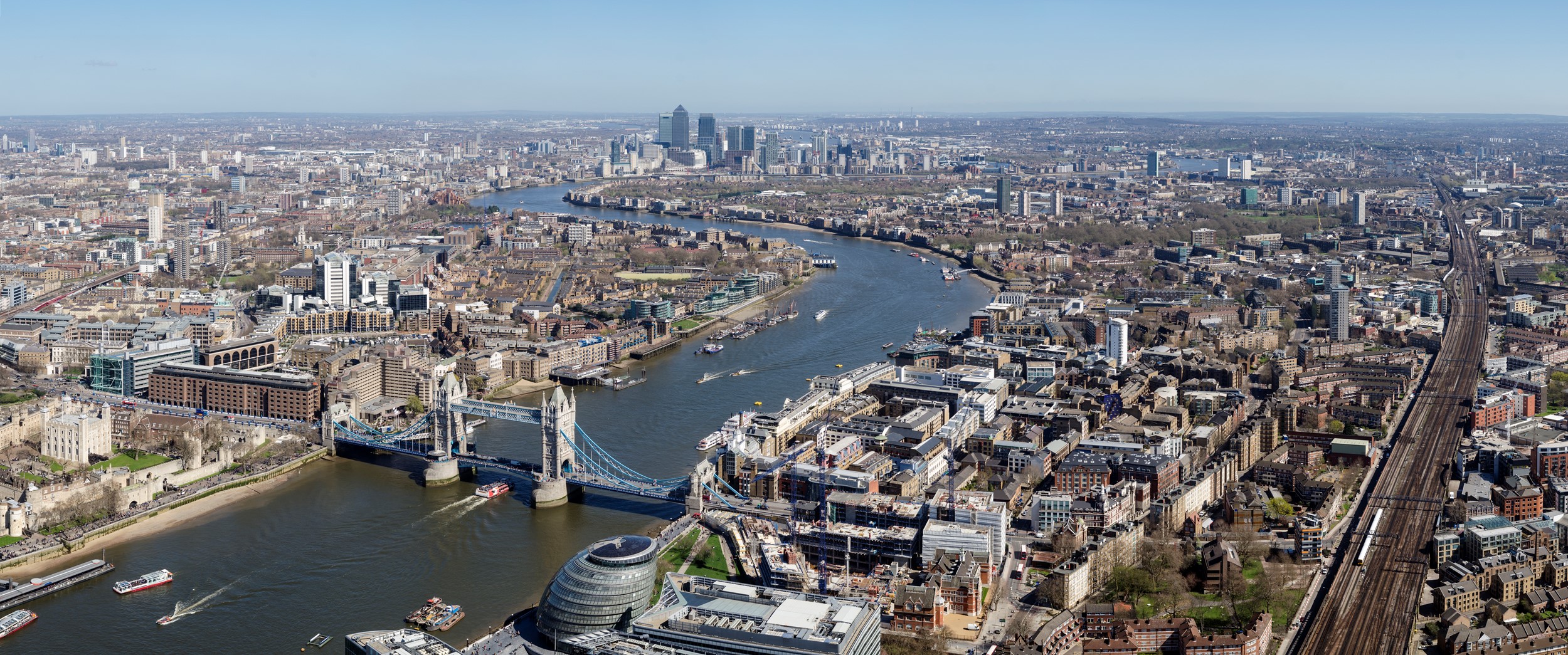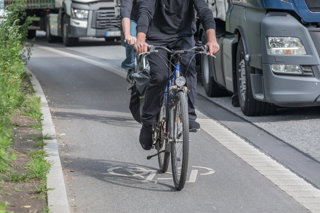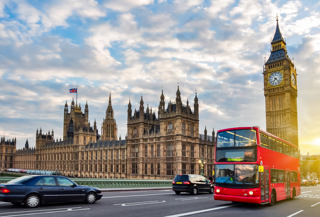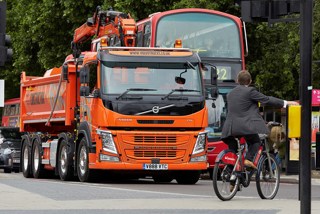The challenges facing commercial vehicle operators in the capital have been laid bare by a senior figure in Transport for London (TfL).
With just six months to go before London introduces its ultra-low emission zone (ULEZ), and 12 months before TfL starts issuing permits for its Direct Vision Standard safety programme, Lilli Matson, TfL director of transport strategy, city planning (pictured), has delivered a clear outline of the authority’s commitments and plans for the English capital.
“Our overall aim is to help London grow and thrive as a city while meeting some of the real challenges it faces around air quality, safety and congestion,” she says.
The role of freight deliveries, both in light and heavy commercial vehicles, is central to TfL achieving its objectives. Freight vehicles are both a key priority and an acute problem for the capital.
“A lot of the changes we are introducing to improve air quality or make places more attractive for people on bike and foot need to be thought through carefully in terms of what the impacts are for freight. But we also need to cater for freight as an essential form of traffic in terms of serving London’s transport needs,” says Matson.
"As London grows, a key scarce resource will be space on roads, and prioritising who gets access to that space is critical" Lilli Matson
So, while TfL has been explicit in its strategic goal of achieving a modal shift away from the use of private cars, it denies it has an anti-motorised vehicle agenda. It has said it wants to see a shift towards walking, cycling and public transport with a target of raising the proportion of personal travel by these means from 64% to 80% by 2041.
The 'nirvana' of free-flowing traffic
Freeing roads of private cars should improve traffic conditions for essential deliveries, according to TfL.
“As London grows, a key scarce resource will be space on roads, and prioritising who gets access to that space is critical,” Matson says.
In its forthcoming action plan, the authority is assessing at a strategic level the role of the road network, looking at how it’s managed and understanding the key freight corridors in London, “to protect, where needed, the movement of freight vehicles and the local level of action to manage kerbside space,” says Matson.
The quid pro quo for this ‘nirvana’ of free-flowing traffic is the expectation that fleet operators will select the cleanest, safest vehicles for London’s roads, respecting the fact that in this population-dense environment, pedestrians and cyclists are vulnerable, as are the lungs of the capital’s inhabitants.
In 2016, almost a quarter (23%) of pedestrian and half of cyclist deaths involved an HGV, despite HGVs accounting for only 4% of road miles in London.
The Direct Vision Standard (DVS), which will rate and potentially ban vehicles from London’s dependent on the field of vision from the driver’s cab, is a key tool in TfL’s goal to achieve a 65% reduction in the number of people killed or seriously injured on the capital’s roads by 2022 compared with the 2005-09 average.
TfL is showing a similarly bold ambition to curb road transport’s role as the biggest contributor to air pollution in the capital, responsible for half of all health-damaging nitrogen oxides (NOx) and particulate matter (PM) emissions.

"The whole mid-2020s to early 2030s is going to be really tricky"
The long-term goal is for London to be a zero carbon city by 2050, and a series of short-term plans are already in place to establish the direction of travel, starting with the introduction of the ULEZ next April. This will levy a daily fine of £100 on any diesel truck that does not meet Euro 6 emission standards. At first, the ULEZ will cover central London, but extend to the area bordered by the north and south circular roads by 2021.
“London is on the journey to zero emissions, so long-term investment is about thinking about how that is going to play through to your fleet,” says Matson.
She acknowledges that initially these plans will have a significant cost of compliance for fleet operators, given the lengthy holding periods of commercial vehicles, but insists that the policies have been detailed far enough in advance for fleets to take action. Plans for the ULEZ, for example, were unveiled when Boris Johnson was mayor of London, although current mayor Sadiq Khan has brought forward their implementation.
“We currently have a range of actions to try to work with van manufacturers to say ‘what kind of leasing deals might you offer to small businesses or one man bands who might find the cost of compliance difficult,” she says.
“Basically, the Euro 6 standard has been available for a few years. Speaking to major fleet operators that kind of standard is achievable within the timelines we are talking about.”
In a similar light, the emissions regime does not get tighter in 2021, it merely spreads its area of influence.
"Our freight action plan is about setting out really clearly what those trends are now." Lilli Matson
If there’s any consolation for fleet operators caught out by the forthcoming changes, it’s that TfL will have to practise what it preaches. Many of the buses on its vast fleet are not Euro 6 compliant, and many local authority vehicles also currently fall foul of the same emissions standard.
“We are in the same position as the industry,” says Matson. “We would love to be able to leap away from diesel in one happy bound, but, actually, we can’t. We have the same problems with our buses. We are trialling a lot of electric buses. The whole mid-2020s to early 2030s is going to be really tricky – how we can go fast enough to meet our policy aspirations while recognising that in many cases, operationally and cost-wise, diesel is a very competitive option.”
TfL’s freight action plan aims to set a long-term vision for operating commercial vehicles in the capital, and identify its own role as a facilitator in converting ad hoc best practice initiatives for electric vehicles or last mile deliveries into city-wide programmes.
“London is a really ambitious landscape for operating freight. We have performed a lot of really good collaborative, knowledge-based initiatives with the industry over the past few years and we recognise how significantly different this landscape is now. So our freight action plan is about setting out really clearly what those trends are now,” says Matson.
“Industry needs to be aware that there is this journey to zero emissions and an over-riding emphasis on safety. What can we do as an authority is to support you to ensure you have prime access to town centres and strategic borders.”




















robert - 19/10/2018 14:47
it all sounds wonderful coming from tfl, but why are they still using 16 year old Mercedes sprinters for their dial a ride service if they are so concerned with pollution.